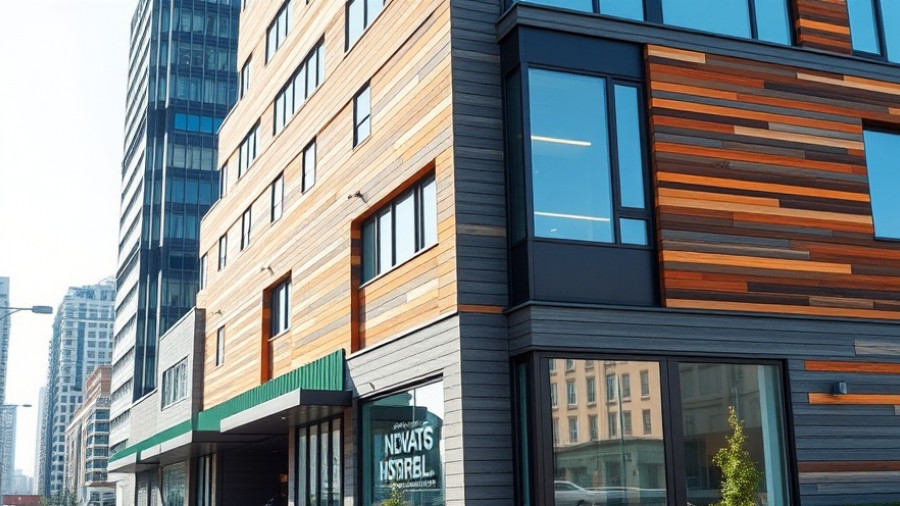
The Silent Crisis: Mental Health in Construction
The construction industry, known for its ruggedness and physical challenges, is grappling with a hidden epidemic: mental health struggles among its workforce. Recent statistics reveal that construction workers face one of the highest rates of suicide and mental health disorders across all industries. A 2020 survey indicated that a staggering 83% of construction workers have confronted mental health issues, highlighting an urgent need for change.
Understanding the Unique Challenges
The dynamics of the construction sector contribute significantly to mental distress among workers. The demanding physical nature of the jobs, long hours, and threat of job instability create a perfect storm. As reported by the National Academies of Sciences, Engineering, and Medicine, construction has the highest suicide rate of any occupation, with over 5,000 lives lost to suicide annually—a figure astonishingly five times greater than on-site fatalities. This stark reality reveals that our focus on physical safety must extend to mental well-being.
The Role of Stigma in Mental Health
A deeply rooted stigma surrounding mental health further complicates the landscape for construction employees. Traditionally male-dominated, the culture often equates vulnerability with weakness, making it challenging for workers to seek help. Women in the industry face their own set of unique challenges, adding layers of stress due to their minority status. Research points to their experiences of isolation and increased risk of harassment, further exacerbating mental health issues.
Initiating Change: What Can Be Done?
Business owners and facility managers must recognize that addressing mental health is not just a social responsibility; it’s a business imperative. Implementing comprehensive mental health initiatives can lead to improved productivity and reduced turnaround in projects. Companies should foster a culture that encourages open conversations about mental health, promoting support networks and resources. This can range from offering employee assistance programs to conducting workshops on recognizing mental health symptoms.
Promoting Awareness and Resources
Workplace awareness campaigns tailored to the construction industry can break down barriers around mental health discussions. Additionally, construction firms should ensure their benefits packages include access to mental health resources. These resources should not only focus on counseling but also cater to the unique stressors linked to construction work. Knowledge is power: educating employees on the signs of mental distress and promoting coping mechanisms is vital.
The Business Case for Mental Health
Investing in mental health resources pays off significantly. The World Health Organization links unaddressed mental health issues to 12 billion working days lost each year, costing an estimated $1 trillion in lost productivity. Construction companies benefit from reduced absenteeism and enhanced work quality when they support mental health initiatives.
In conclusion, the conversation around mental health in construction is more than just necessary; it is essential for the industry’s future. By prioritizing worker well-being, the construction sector can focus not only on physical safety but also create a supportive environments that foster mental resilience. As we take actionable steps towards reforming this paradigm, it’s clear that a culture of understanding, support, and openness is vital in mobilizing a healthier workforce.
Business owners and project managers have the power to make a difference—by investing in mental health initiatives today, they can lead the way to a brighter future for all construction workers.
 Add Row
Add Row  Add
Add 




Write A Comment